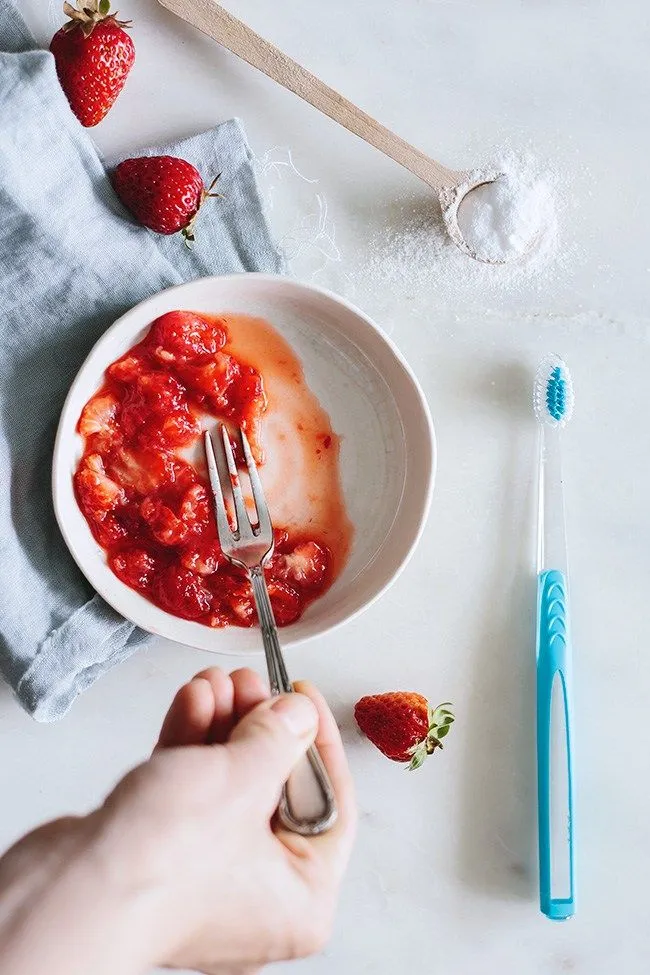What is Homemade Teeth Whitening
Homemade teeth whitening involves using natural ingredients and methods to brighten your smile from the comfort of your home. It’s a cost-effective alternative to professional whitening treatments, which can be expensive. The primary aim is to remove surface stains and discoloration caused by factors like coffee, tea, smoking, and certain foods. The allure of homemade remedies lies in their accessibility and the potential to avoid harsh chemicals often found in commercial products. These methods typically use ingredients with mild abrasive or stain-removing properties. However, it’s essential to approach these techniques with caution and understanding as overuse or improper application can lead to sensitivity or enamel damage. This article will explore several popular homemade recipes and provide guidance on how to use them safely and effectively to achieve a brighter, more radiant smile.
Why Choose Homemade Teeth Whitening
There are several compelling reasons to consider homemade teeth whitening recipes. Firstly, cost is a significant factor. Commercial teeth whitening products, and especially professional treatments, can be quite expensive, making homemade options an attractive alternative. The ingredients used in these recipes are often readily available and inexpensive, such as baking soda and coconut oil. Secondly, many people prefer natural remedies and are wary of the chemicals found in some commercial products. Homemade recipes allow you to control the ingredients and avoid harsh bleaching agents or artificial additives. This can be particularly appealing to individuals with sensitive teeth or those who are concerned about potential side effects. Furthermore, the process of preparing and applying these remedies can be a rewarding experience. It allows you to take a more active role in your oral hygiene and develop a personalized routine that suits your needs. This can lead to greater satisfaction with the results and a stronger commitment to maintaining a healthy smile.
How to Whiten Teeth with Baking Soda
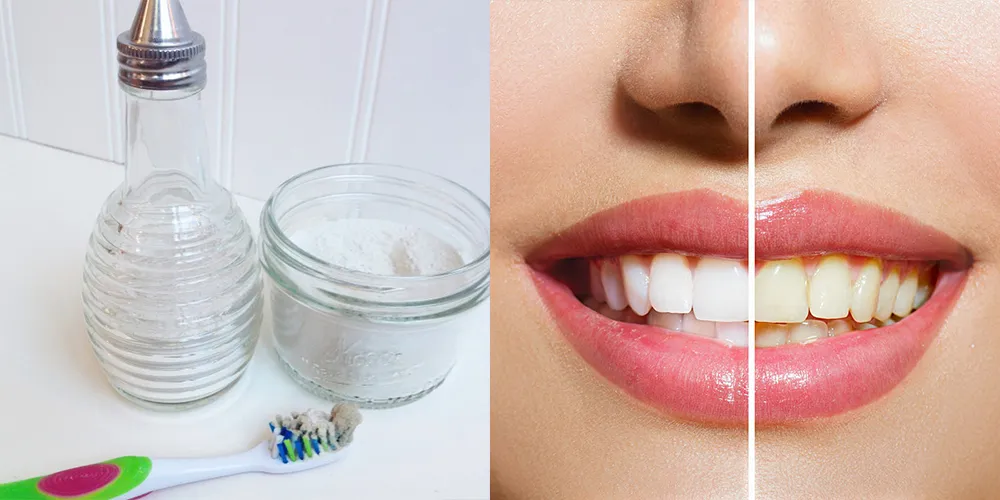
Baking soda, also known as sodium bicarbonate, is a popular ingredient in homemade teeth whitening recipes due to its mild abrasive properties. It helps remove surface stains and can gently polish the teeth, giving them a brighter appearance. The effectiveness of baking soda lies in its ability to break down the compounds that cause discoloration, such as those from coffee, tea, and tobacco. However, it is crucial to use baking soda with caution, as excessive or improper use can potentially erode the enamel, leading to increased sensitivity and damage over time. To maximize the benefits and minimize the risks, it is important to follow recommended guidelines. Always mix baking soda with water to create a paste rather than applying the dry powder directly to the teeth. The goal is to use it sparingly, perhaps once or twice a week, to avoid over-abrasion. By understanding the proper application and precautions, you can harness the whitening potential of baking soda while maintaining the health of your teeth.
Ingredients and Preparation
To prepare a baking soda paste for teeth whitening, you only need two simple ingredients, readily available in most households: baking soda and water. Start by gathering a small container or a clean dish for mixing. Measure about one to two teaspoons of baking soda and place it in the container. Gradually add water, a little at a time, while mixing until you achieve a paste-like consistency. The paste should not be too runny or too thick; it should be easily spreadable on your toothbrush. Ensure that all the baking soda is thoroughly mixed with the water to avoid any lumps or undissolved particles that might cause uneven abrasion. Some people add a drop or two of essential oil, such as peppermint or spearmint, for added flavor and antibacterial benefits. However, this is optional and should be done with care to avoid irritation. Once the paste is ready, it’s important to use it immediately to ensure its freshness and effectiveness.
Applying the Baking Soda Paste
To apply the baking soda paste, begin by wetting your toothbrush. Dip the bristles into the prepared paste, ensuring they are adequately covered. Brush your teeth gently, using circular motions, for about two minutes. It’s essential to apply light pressure to avoid damaging your enamel. Focus on all surfaces of your teeth, including the front, back, and chewing surfaces. After brushing, rinse your mouth thoroughly with water to remove any remaining paste. You can also brush with regular toothpaste afterward for added cleaning and to introduce fluoride, which helps to remineralize the enamel. It’s vital to observe your teeth for any signs of increased sensitivity. If you experience any discomfort, reduce the frequency of use or discontinue the treatment. Consistent use of the right technique will allow you to get the best possible results with the baking soda paste while avoiding any potential downsides.
Precautions and Safety
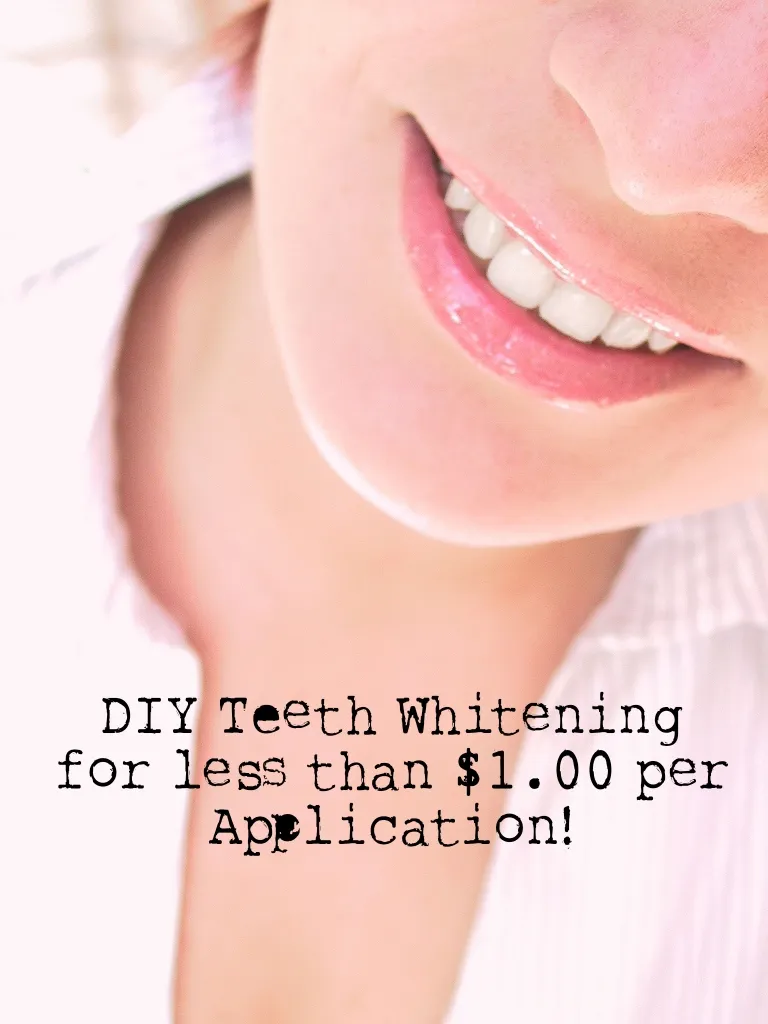
While baking soda can be effective, it is vital to use it with caution. Overuse can erode the enamel, making your teeth more vulnerable to decay and sensitivity. Therefore, limit the use of the baking soda paste to once or twice a week. Listen to your teeth; if you experience any sensitivity, decrease the frequency or stop using it. Always use a soft-bristled toothbrush to minimize abrasion, and brush gently. Do not apply excessive pressure, as this can also damage the enamel. If you have existing dental issues, such as cavities or gum disease, consult your dentist before using baking soda for whitening. Regular dental check-ups and professional cleanings are essential for overall oral health and can complement your homemade whitening efforts. Always monitor your teeth for any adverse effects, and adjust your usage accordingly. Your dentist can provide personalized advice and recommendations to ensure that you maintain healthy teeth and gums.
How to Whiten Teeth with Coconut Oil
Coconut oil is another natural remedy that has gained popularity in the teeth whitening world, primarily through the practice of oil pulling. Coconut oil contains lauric acid, which has antimicrobial properties. These properties can help reduce plaque and bacteria in the mouth, contributing to fresher breath and potentially whitening the teeth. Unlike baking soda, coconut oil is a gentler method, as it does not have abrasive properties. The key lies in its ability to bind with bacteria and remove them from the mouth, which can lead to a brighter smile over time. Coconut oil pulling is a safe and natural alternative to other methods, making it an appealing choice for many people. To achieve the desired effects, it’s essential to use high-quality, extra virgin coconut oil, which preserves the beneficial properties of the oil. Consistency is key to seeing results, and incorporating this practice into your daily routine will contribute to better oral health and a brighter smile.
The Oil Pulling Method
Oil pulling with coconut oil is a straightforward process. In the morning, before you eat or drink anything, take about one tablespoon of coconut oil and place it in your mouth. Swish the oil around your mouth, pushing and pulling it between your teeth, for 15 to 20 minutes. The goal is to ensure the oil comes into contact with all areas of your mouth, cleaning and removing bacteria. It’s important to avoid swallowing the oil, as it will contain the bacteria and toxins you are trying to remove. After swishing, spit the oil into a trash can to avoid clogging your sink. Rinse your mouth thoroughly with warm water and then brush your teeth as usual. Some people choose to do oil pulling twice a day, but once is usually sufficient. Regular oil pulling, combined with other good oral hygiene practices, will result in a cleaner, healthier mouth, and a brighter smile.
Benefits of Oil Pulling
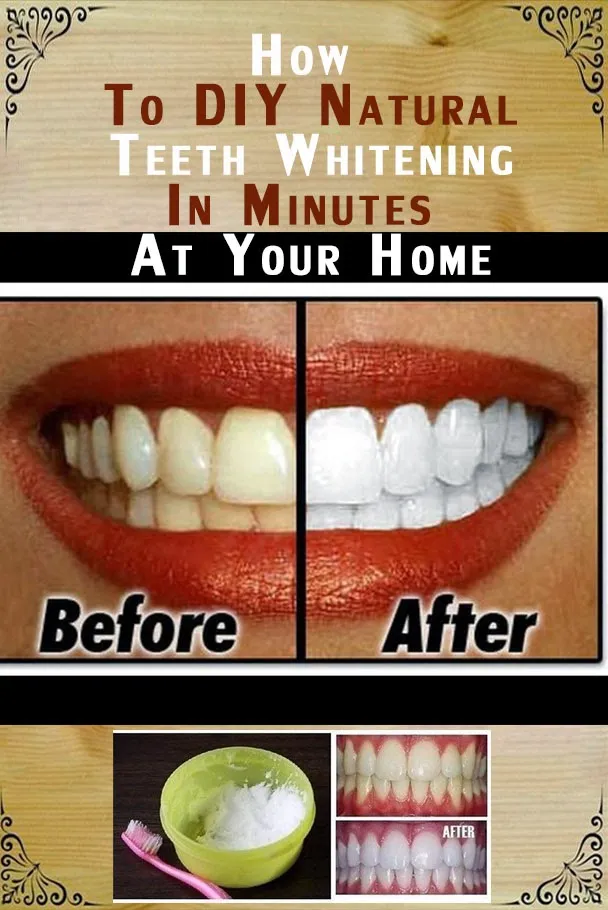
The benefits of oil pulling extend beyond just teeth whitening. Regularly practicing oil pulling can improve overall oral health. By reducing the amount of harmful bacteria in the mouth, it can help prevent cavities and gum disease. Many people report fresher breath and reduced plaque buildup. Some studies also suggest that oil pulling can help detoxify the body, although more research is needed in this area. Oil pulling is gentle on the teeth and gums, making it suitable for people with sensitive teeth. It doesn’t involve any abrasive action, which makes it a safe option. It is a natural and holistic approach to oral care that has gained widespread popularity. Incorporating oil pulling into your daily routine can contribute to a healthier mouth, a brighter smile, and potentially other health benefits. It’s a simple and effective way to enhance your oral hygiene and overall well-being.
Additional Homemade Recipes
In addition to baking soda and coconut oil, several other homemade recipes can help brighten your smile. These recipes often combine different natural ingredients to enhance their whitening effects. Some individuals blend ingredients known for their cleaning and antibacterial properties, providing a comprehensive approach to oral care. It’s always advisable to research and understand the purpose of each ingredient and use these recipes with caution, paying attention to your teeth’s response. These alternative recipes provide more options to achieve a brighter smile. It is essential to use them judiciously and consult a dental professional if you experience any issues. These homemade recipes, when applied with care and understanding, can contribute to achieving your goals of a brighter and healthier smile.
Lemon and Baking Soda Paste
Lemon juice and baking soda is another combination used for teeth whitening. The citric acid in lemon juice has natural bleaching properties, and when combined with baking soda, it can help remove stains. To make this paste, mix a small amount of lemon juice with baking soda to form a paste. Apply this paste to your teeth, and leave it on for no more than a minute. After brushing, rinse your mouth thoroughly with water. While lemon juice can be effective, it’s highly acidic and can erode the enamel if used too frequently. Therefore, it’s crucial to limit the use of this mixture to once a week or less. Monitor your teeth for any signs of increased sensitivity and discontinue use if necessary. This combination can brighten your teeth. However, it is necessary to understand the risks involved and use it safely.
Strawberry and Baking Soda Paste
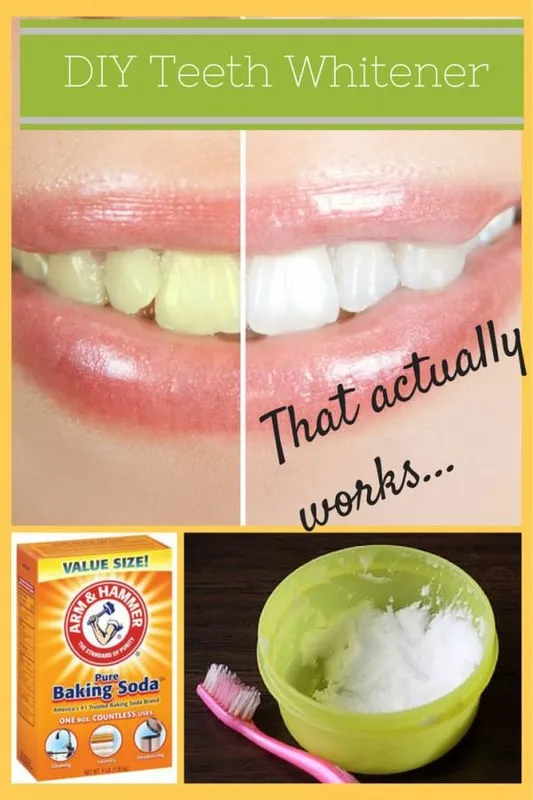
Strawberries contain malic acid, a natural enzyme that acts as a mild astringent and can help remove surface stains. To use this, mash a few strawberries and mix them with baking soda. Apply the mixture to your teeth, and let it sit for a few minutes before brushing and rinsing. Strawberries provide a gentle cleaning action, making them less abrasive than some other methods. However, as with other methods, overuse can still be detrimental. Use the strawberry paste once a week, and observe your teeth for any signs of sensitivity. Regular use of strawberries in your diet, such as in smoothies or salads, can contribute to overall oral health and potentially brighter teeth. Ensure you practice good oral hygiene to complement this technique. The strawberry paste offers a natural and gentle way to potentially whiten teeth, combined with the benefits of baking soda.
Other Considerations for a Bright Smile
While homemade recipes can contribute to a brighter smile, they are most effective when combined with good oral hygiene practices. Brush your teeth twice a day for two minutes each time, using fluoride toothpaste. Floss daily to remove plaque and food particles from between your teeth. Regularly visit your dentist for check-ups and professional cleanings. These visits help maintain the health of your teeth and gums and identify any issues early on. Consider your diet. Limit the consumption of stain-causing foods and drinks, such as coffee, tea, red wine, and sugary items. Drink plenty of water throughout the day to rinse away food particles and keep your mouth hydrated. Avoid smoking and using tobacco products, as these can significantly stain your teeth. By adopting these healthy habits, you can enhance the effectiveness of homemade teeth whitening recipes and maintain a bright, healthy smile. Prioritize overall oral health by using these supplementary tips for the best results.
